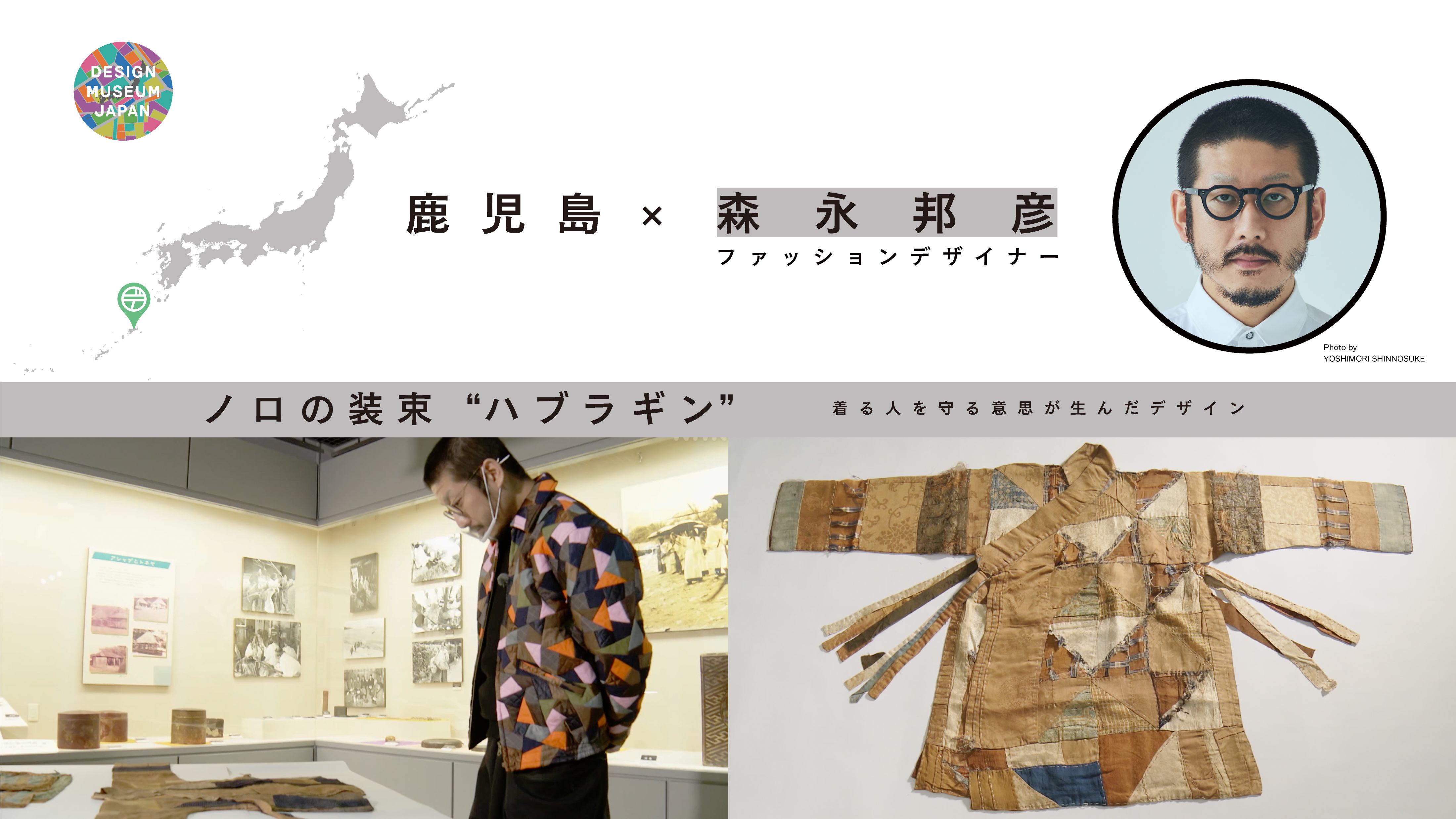Koichiro Tsujikwa researched spinning tops at the Japan Toy Museum in Himeji, Hyōgo prefecture. This private museum has items from not only across Japan, but also some 160 countries and regions around the world in its roughly 90,000-piece collection. It is started when the museum’s director converted a part of his house to display his collection. Today, this endeavor has grown to become one of Japan’s leading toy museums. “It is a microcosm created by the passion of a single human being,” Tsujikawa is surprised.
It was a whip top that attracted Tsujikawa’s attention most.
Koichiro Tsujikawa Film Director
Whip Tops and Tops Inspired by Them

DESIGN TREASURE
Toys as our First Contact with Design

Various whip tops and flaps to rotate the tops
CREATOR

Photo by Masayuki Hayashi
Koichiro Tsujikawa Film Director
Born in Fukuoka in 1972.
Tsujikawa addresses delusions and hallucinations that arise in everyday life with a sense of childlike play. Tsujikawa is active both at home and abroad across a wide range of fields from music videos for Cornelius and other artists to commercials, short films, and installations. His recent works include music videos such as
“Mizuiro Kodomo”(2022) for Gutevolk and “Hibana” (2023) for Cornelius.

Some spinning tops of Japan and other countries
Collection of the Japan Toy Museum
The top began by giving shape to spin
Whip tops are kept in motion by striking them repeatedly from the side with a small whip. They are minimalist tops with no axis or stem, cut directly from a tree branch with a simply carved tip. The very embodiment of spin, they may be regarded as the original form of the spinning top. Tsujikawa found the beauty within the form of whip tops most. “The Japanese whip tops, especially, combine simplicity and elegance. I love the contrast between the cherry bark pattern and the chisel marks on the tip,”he says. Similar whip tops found at 6th century sites in Japan have also been excavated in ancient Egyptian remains.

Check the feel of whip top

Try to rotate whip top

Turning a top with flaps is more difficult than one might imagine
Toys are our first contact with design. Design stirs our emotions of joy and excitement.
Tsujikawa says that the first things the human infant longs for are toys. He explains that the child wants to touch, see and hear. Toys nurture the five senses and embody design in its most primitive form. The Japanese word for a toy, omocha, has its origin in terms for hand-held talismans. These were things you held to ward off disease and other misfortunes in order to stay healthy. The protective element was very big. From ancient times, people were attracted to the elation and trance-like states produced by spinning.

Colorful rotating tops

Sounding top

Chasing top
The old wailing and magic tops
Some say the first spinning tops were nuts. The inspiration may have come from people in ancient times seeing nuts spin on the ground when they fell from the tree. The top embodies the simple natural motion of spin, tops still convey the joy of that first human discovery of spin. While looking at a top spinning, Tsujikawa says “I think the sense of impending death is another attraction to the spinning top.” And he continues,“The top starts by spinning vigorously, stably and quietly on its axis, gradually loses its balance and eventually falls, like the course of a human life.” There are many spinning tops wail out loud. The string, for example, can be used to expand the sound. Aside from play, some tops are used as tools for magic.

Spinning top made of nuts

The upside-down top he played with as a child

Rotating upside-down top

Try spinning Buzzer
Where Can We See This Design Treasure?

Installation view: Hyogo Prefecture, Himeji City by Koichiro Tsujikawa, DESIGN MUSEUM JAPAN Exhibition at The National Art Center, Tokyo, Japan, 2022
Japan Toy Museum
671-3 Nakanino, Kodera-cho, Himeji City, Hyogo Prefecture 679-2143
Close: Wednesdays, New Year holidays (December 28th to January 3rd)
*In the case of holidays, the museum will be open on Wednesdays.
Click here for more details.





























